Mickey Samuni-Blank holds a PhD in zoology and ecology. She worked for ten years at Israel’s largest zoo as a researcher and educator. After a recent move to New York City, she became more interested in photography. When she’s not traveling, you can probably find her with a camera on the city streets or in one of the city’s zoos.
You can see more of her work by following her on 500px, Facebook, Twitter, and Instagram, or visiting her website.
If you ever photographed animals at a zoo, you probably know that it is far harder than it seems. When taking photos at the zoo, you need to avoid bars and fences, dirty, stained and reflective glass, people that block the view, and also bushes, trees, and logs inside the exhibit.
Sometimes you can’t even see the animals because they are hiding. Even with a clear view, the animals are most likely to be resting or sleeping, often facing direction opposite from the human spectators.
On the other hand, the admission fee is much cheaper than a flight ticket to Kenya, and in one visit to a large zoo you can see more species of animals than you would if you took a trip around the globe. With that in mind, I compiled some tips that will be helpful if you want to get the best of your visit to the zoo.
1. Overcoming barriers
To avoid the bars and the glasses, get as close as you can to them. When I’m shooting through glass, I take off the lens’s hood and place the lens against the glass. To avoid bars in the photos I open the aperture as wide as possible, usually f/5.6 and wider.
As for the crowd, I strongly suggest to get to the zoo during an ordinary week day. Although it is possible to get nice photos during weekends, holidays, or pay-what-you-wish days, you should try your very best to avoid them. Another possibility is to buy a membership, which (in some zoos) allows you to enter before or after official opening hours.
2. Stay in one exhibit
Zoo visitors tend to move around very quickly between the exhibits. They will spend less than a few minutes looking at a specific animal. When I go to the zoo, I choose one exhibit and stay there for most of the day. Of course, choosing the right exhibit is crucial and following the next tip in this article will be extremely helpful for you.
After studying the animals for a while, you can learn about their favorite resting spots and walking paths, group hierarchy and daily schedule—when they are sleeping, feeding and playing.
Soon enough, patterns emerge, and it becomes easier to predict what the animals will be doing next. With experience, you can also predict where it is going to happen. This information is crucial, because it allows you to set up your gear and be prepared when the action begins.
3. Babies are always a safe bet
Babies are cute, lovable and are more likely to move around the exhibit and play. They are also very curious and will investigate every inch of their exhibit. If there is a baby in the exhibit, odds are that the adults will also be more active and display natural behavior.
Among the different animals at the zoo, baby apes are extremely lovable because of their resemblance to humans and because they display a wide variety of facial expressions and emotions. I, for one, can never get enough of watching the great apes.
4. Telephoto lens
Not applicable for all exhibits, but in the right place and the right time, a telephoto lens can give you a great advantage over “civilians” with their point-and-shoot cameras (and, of course, their iPhones). It will allow you to get a nice close-up portrait, even if the animal is keeping its distance.
Long focal length, together with wide aperture, will overcome some of the barriers and soften the artifacts in the background into a nice-looking bokeh.
5. Love and be emotional
I have a deep, profound love and respect for wildlife. I only go to modern zoos, like the Bronx Zoo, which I know spends a lot of efforts in wildlife conservation and education. When I photograph, I let my emotions go through the lens and translate them in the photos. If you feel that emotion when looking at my photos then I’ve reached my goal.

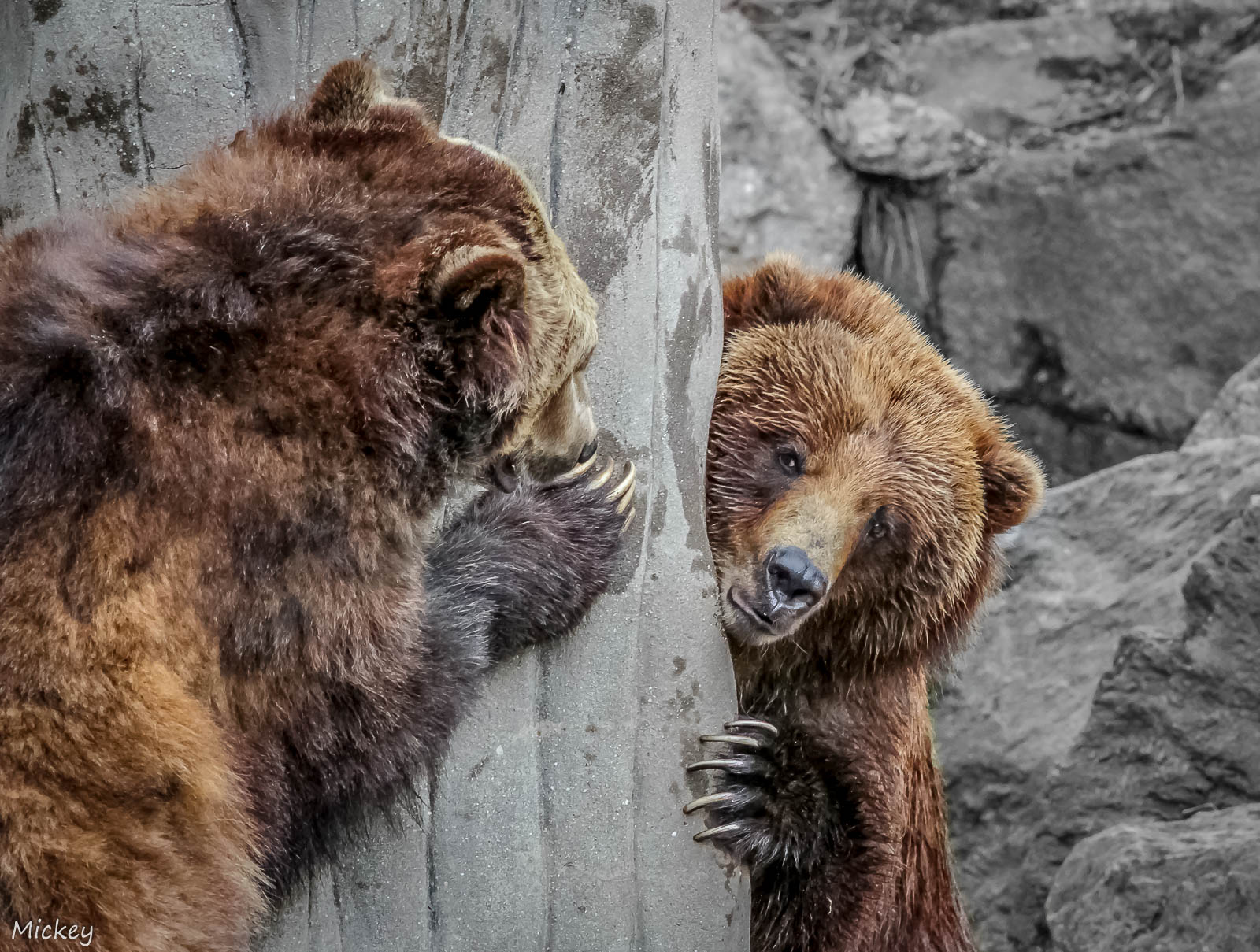
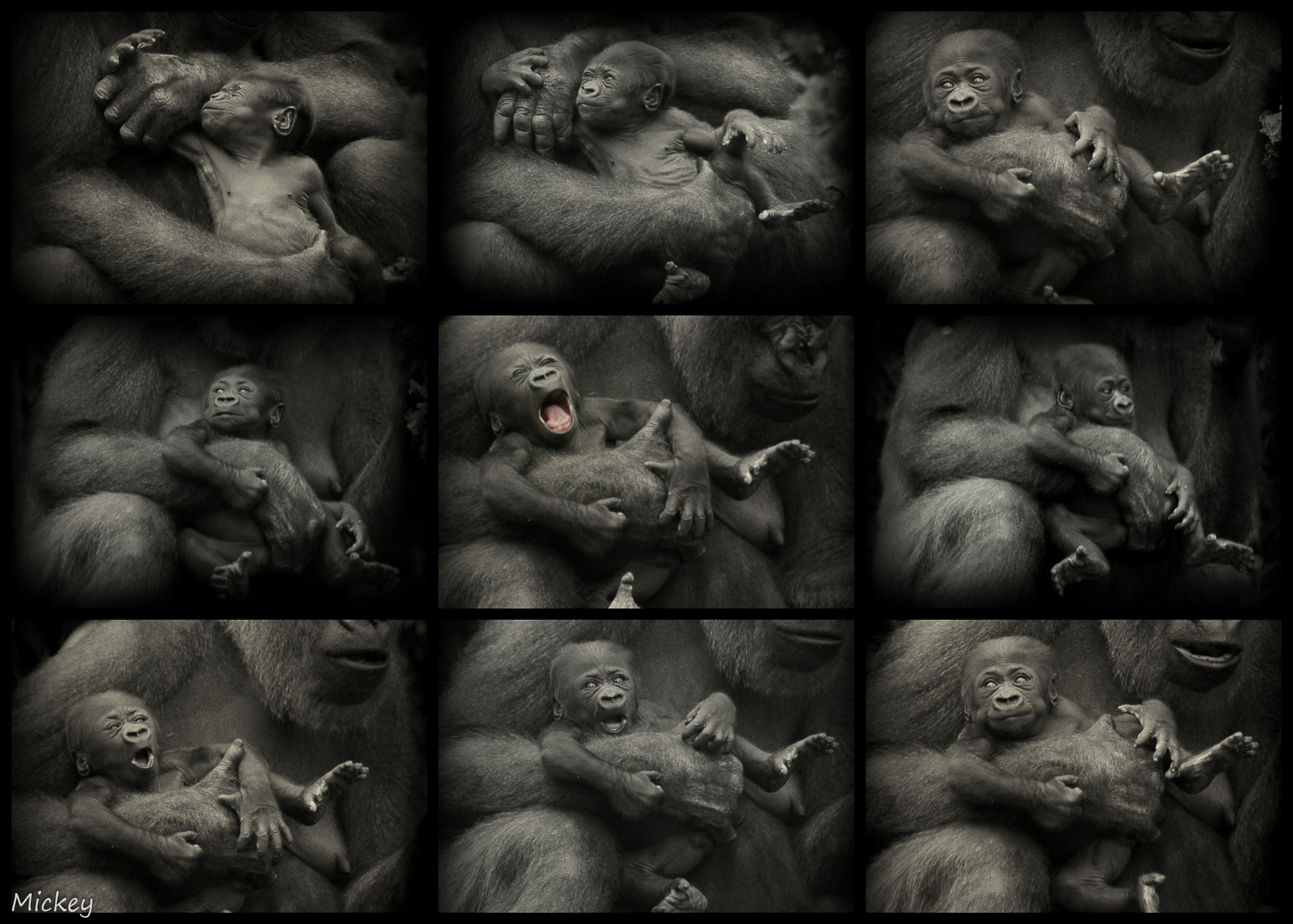
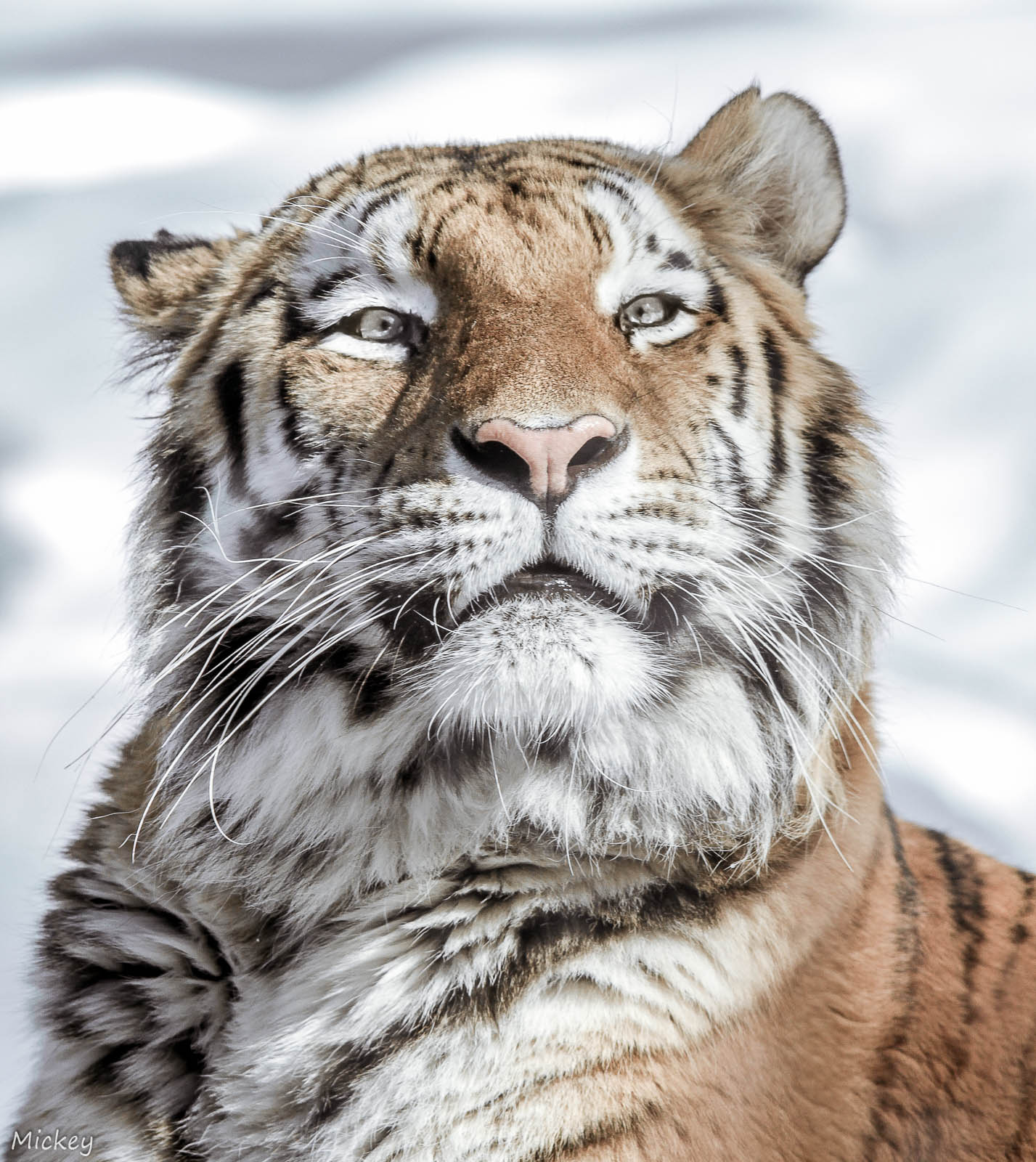
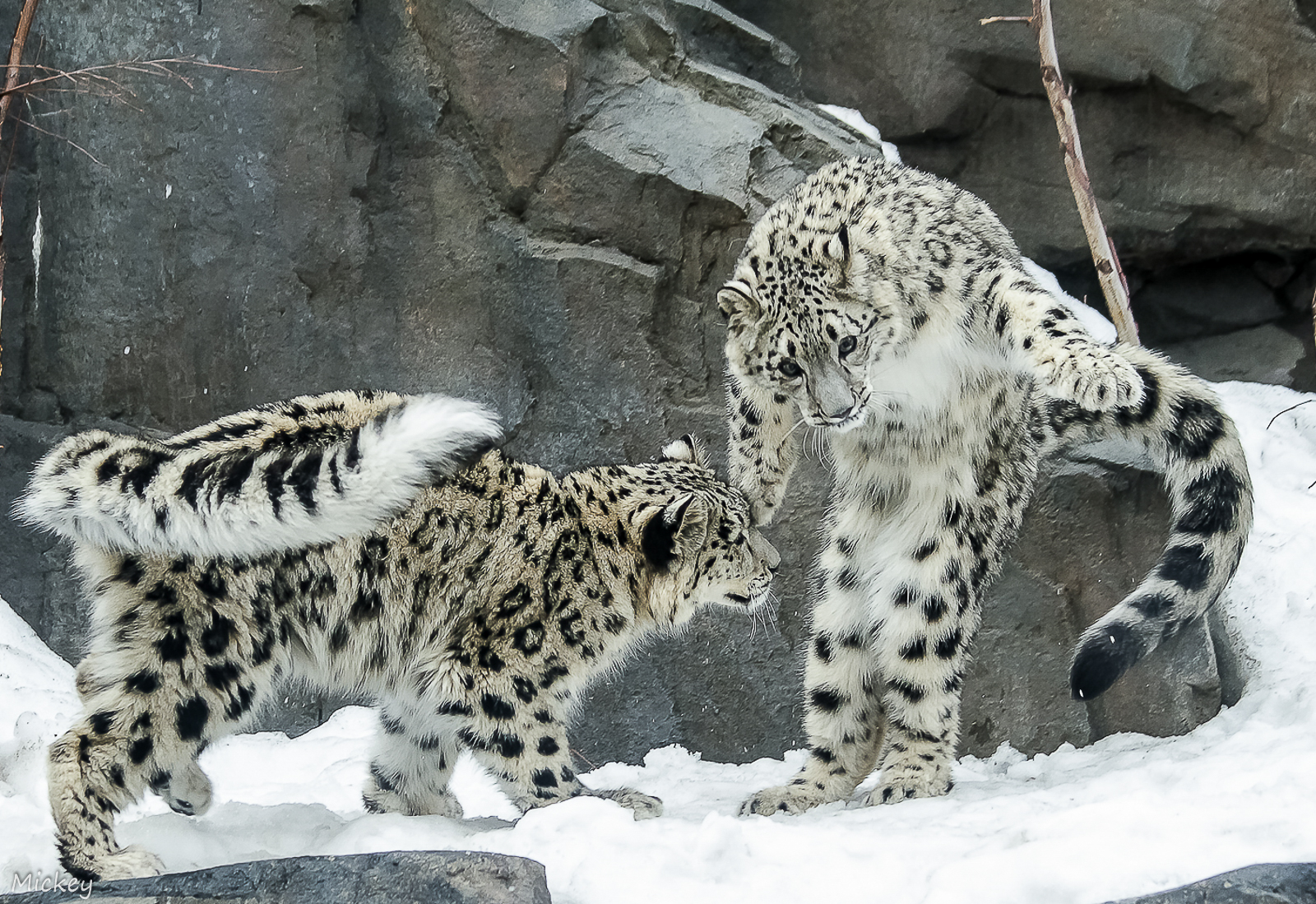
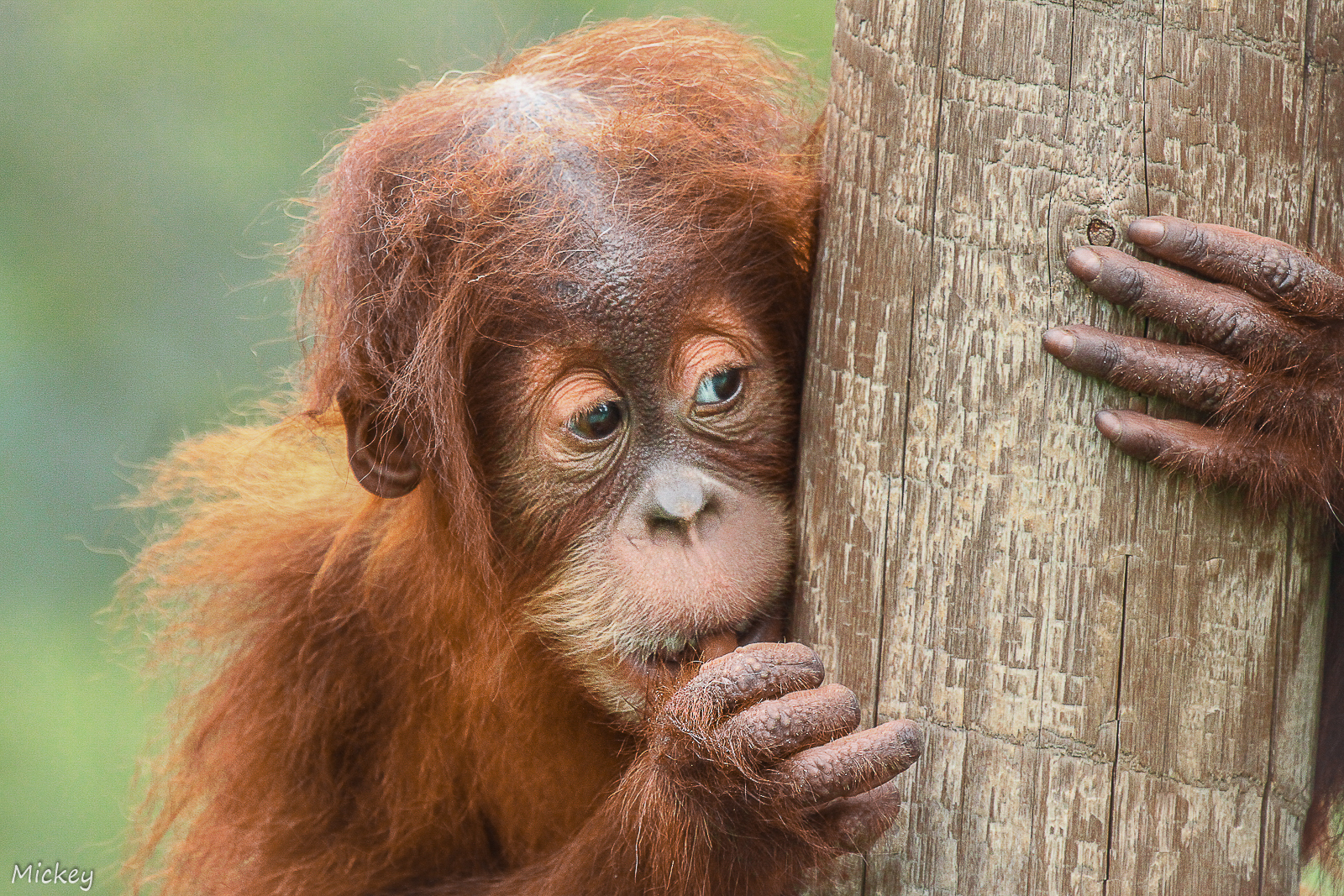

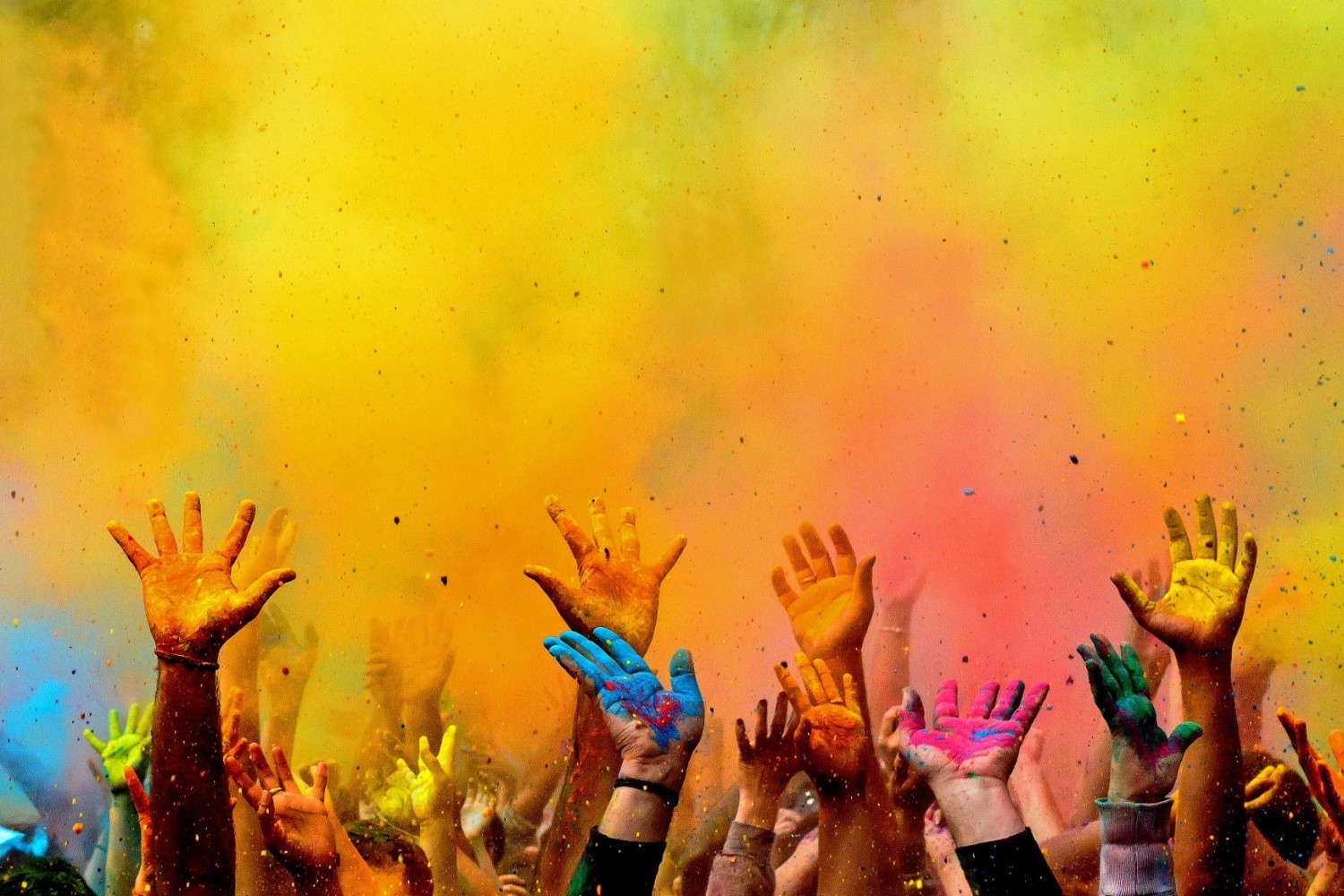




Leave a reply